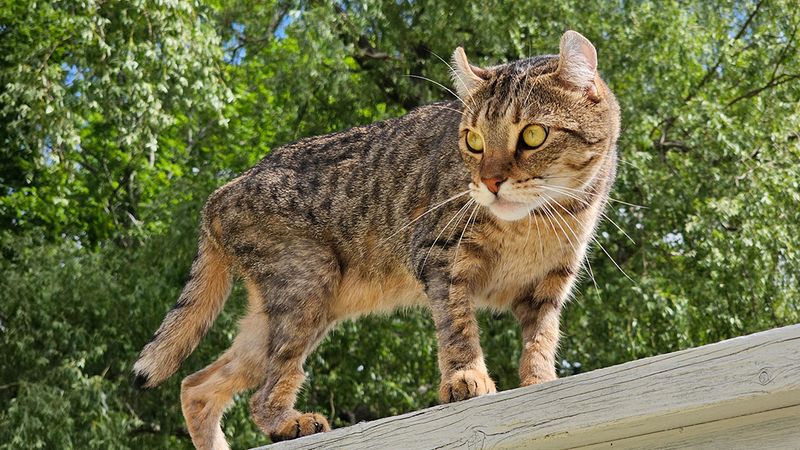The relationships that exist in the natural world are extremely complex. However, by looking more closely at the way moths and plants interact, scientists have revealed that the animals can respond to sounds produced by the plants. According to the team, this is the first time such an interaction has been demonstrated, and it could even influence the moths' behavior.
The rest of this article is behind a paywall. Please sign in or subscribe to access the full content.“After proving in the previous study that plants produce sounds, we hypothesized that animals capable of hearing these high-frequency sounds may respond to them and make decisions accordingly,” said study author Professor Yossi Yovel of Tel Aviv University's School of Zoology in a statement. “Specifically, we know that many insects, which have diverse interactions with the plant world, can perceive plant sounds. We wanted to investigate whether such insects actually detect and respond to these sounds.”
To find out, the team conducted a series of experiments in which female Egyptian cotton leafworm (Spodoptera littoralis) moths were deciding where to lay their eggs, the most important decision of the female moth's life.
“We chose to focus on female moths, which typically lay their eggs on plants so that the larvae can feed on them once hatched,” said Professor Lilach Hadany of the School of Plant Sciences and Food Security at TAU’s George S. Wise Faculty of Life Sciences. “We assumed the females seek an optimal site to lay their eggs, a healthy plant that can properly nourish the larvae.”
Each experiment was repeated at least nine times, with a new set of moths each time. First, they presented the moths with two boxes: one played the female moths recordings of a tomato plant that was dehydrated, while the other box played no sound at all. In this experiment, the moths chose the box with the sound, rather than the silent box. In a control experiment where the moths couldn't hear the noises coming from either box, they chose both boxes equally, showing that the decisions were based on hearing.
In a second experiment, the moths were shown two healthy tomato plants, though one was presented alongside a speaker playing sounds from a dehydrated plant while the other was silent. This time, most of the moths chose the silent plant, since no distress sounds were heard.
The third and final experiment involved a different set of two boxes. One box contained nothing, and the other contained male moths. Male moths can also emit ultrasonic sounds at a similar frequency to the tomato plants. This time, the females laid their eggs equally on both boxes.
Based on these results, the authors concluded that female moths were making the decision as to where to lay their eggs based on the ultrasonic clicking sounds produced by plants when dehydrated. These sounds are outside the range of human hearing but can be perceived by the moths.
“In this study, we revealed the first evidence for acoustic interaction between a plant and an insect,” said the researchers. “We are convinced, however, that this is just the beginning. Acoustic interaction between plants and animals doubtlessly has many more forms and a wide range of roles. This is a vast, unexplored field, an entire world waiting to be discovered.”
The study is published in eLife as a reviewed preprint.




